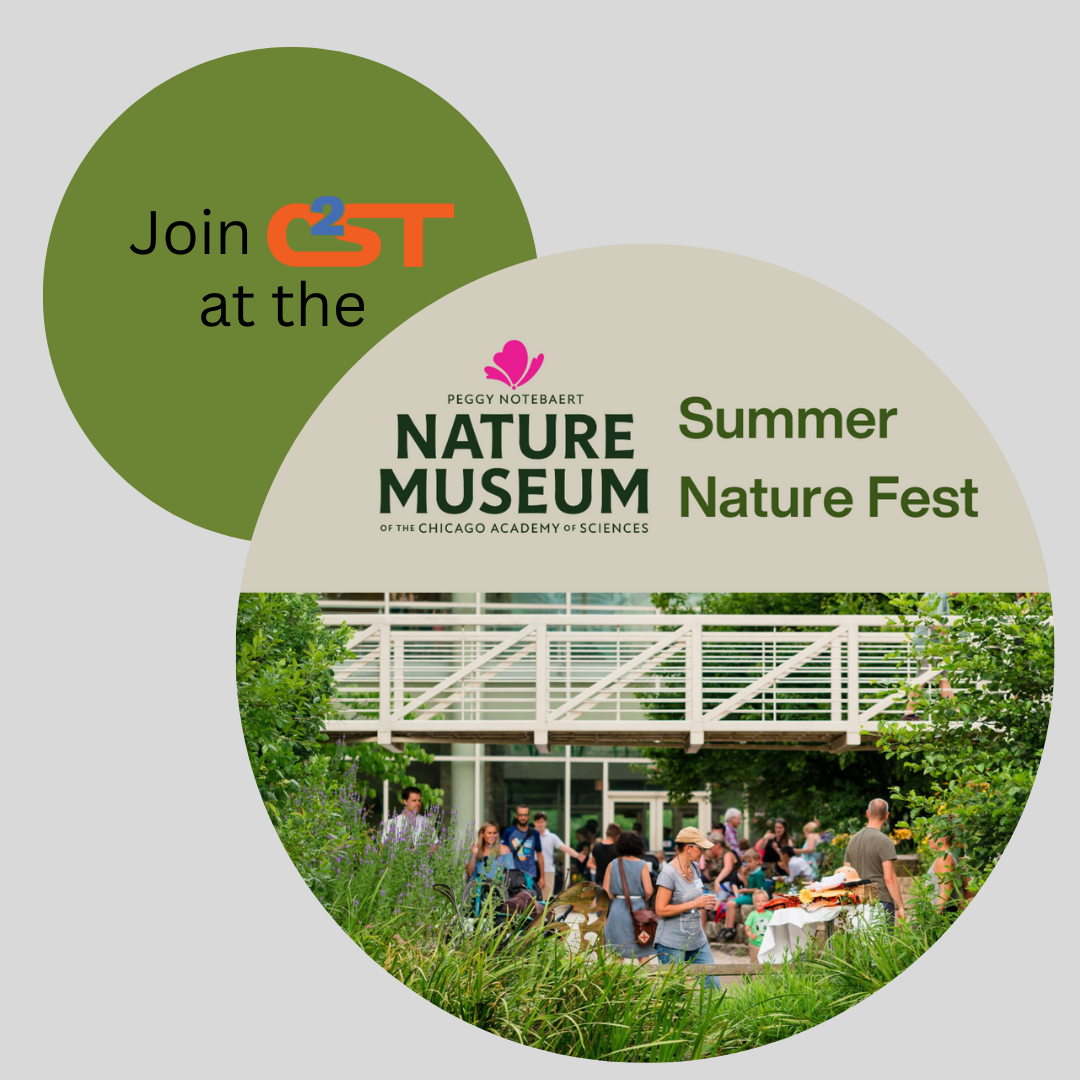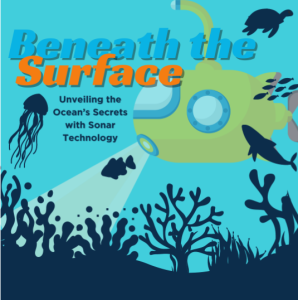Summer Nature Fest

Check out the Nature Museum after hours! C2ST will be at the Nature Museum’s Summer Nature Fest on June 13th!
Come check us out and the other great science and nature booths and activities.
The Summer Nature Fest includes live animals, outdoor nature play, drop-by scientist tables, live music and so much more! Be sure to see the outdoor art installation, Flight of the Butterflies, before these large sculptures take flight and land across the city. Soak it all in with good food, good drinks, and a view of North Pond under the city skyline.
$5 Admission includes access to all Museum exhibits and discounted rates are available through the Museums for All Program.



